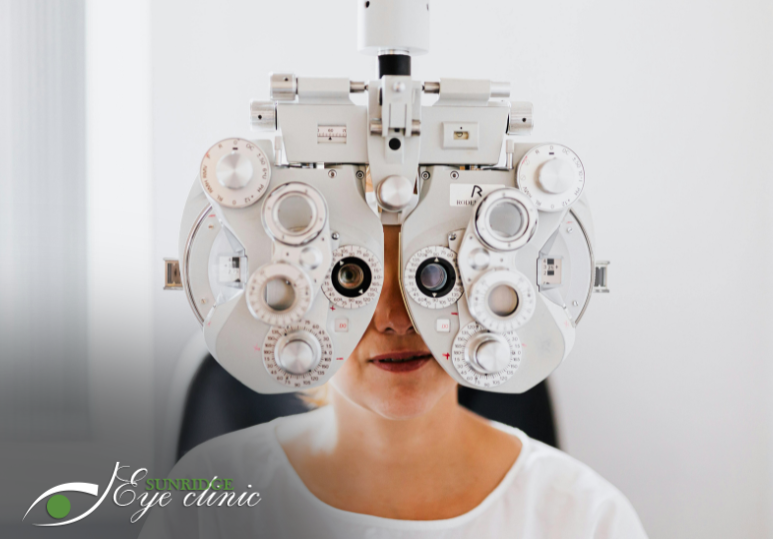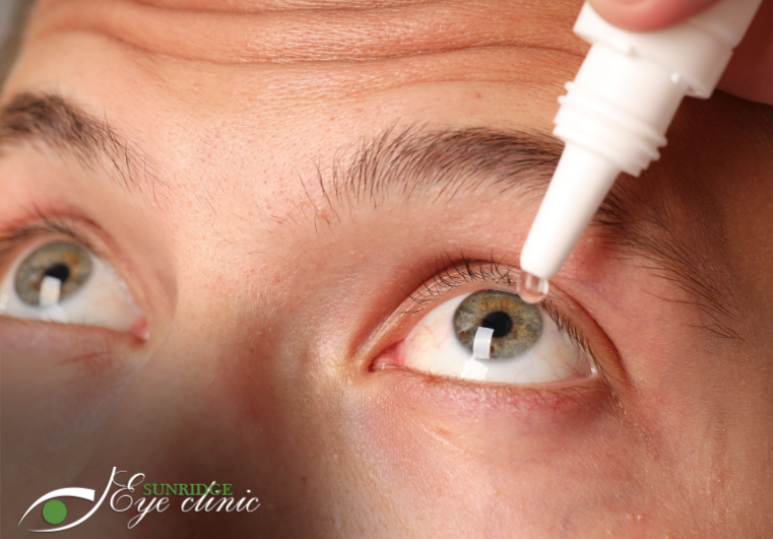The Connection Between Vision And Migraines
Migraines are complex neurological conditions characterized by recurrent episodes of severe headaches, often accompanied by other symptoms such as nausea, sensitivity to light and sound, and in some cases, visual disturbances. While the exact causes of migraines are not fully understood, various factors, including genetics, hormonal changes, and environmental triggers, can contribute to their onset. For migraine sufferers, it is essential to recognize the potential role of poor vision in triggering migraines.
- Refractive Errors: Refractive errors, such as nearsightedness (myopia), farsightedness (hyperopia), and astigmatism, can strain the eyes and lead to visual discomfort. Squinting or straining the eyes to compensate for blurry vision can place undue stress on the eye muscles, causing fatigue and triggering migraines.
- Eye Strain: Prolonged use of digital devices, reading in dim lighting, or engaging in visually demanding tasks for extended periods can strain the eyes and contribute to eye fatigue. Eye strain can trigger migraines in susceptible individuals, as the excessive effort required to focus and maintain clear vision can lead to tension and stress.
- Visual Stress: Visual stress refers to the discomfort experienced when processing visual information. Certain patterns, colours, or contrasts may induce visual stress and increase the likelihood of migraines. This condition is more common in individuals with conditions like migraine with aura or visual snow syndrome.
- Binocular Vision Problems: Binocular vision problems occur when the eyes fail to work together effectively, leading to eye strain and visual discomfort. Conditions such as convergence insufficiency or accommodative dysfunction can cause difficulty with tasks requiring depth perception, such as reading or focusing on objects at various distances. The strain resulting from these vision problems can contribute to migraines.
- Light sensitivity: Light sensitivity, also known as photophobia, is a common symptom experienced during migraines. However, poor vision, especially uncorrected refractive errors, can exacerbate this sensitivity. When the eyes are already struggling to see clearly, bright lights or glare can be even more overwhelming, leading to increased discomfort and potentially triggering migraines.
What Can I Do To Address My Vision Triggers?
- Corrective Measures and Seeking Professional Help
If you suspect that poor vision is triggering your migraines, it is crucial to seek professional help from an optometrist. A comprehensive eye examination can evaluate your visual health, identify any refractive errors or underlying eye conditions, and determine the appropriate corrective measures. The optometrist may prescribe eyeglasses or contact lenses to address refractive errors, recommend vision therapy to improve eye coordination and reduce strain, or suggest specialized treatments for specific visual issues like visual stress or binocular vision problems. By addressing your visual concerns, you can potentially reduce the frequency and intensity of migraines triggered by poor vision. - Maintaining a Healthy Lifestyle
While vision correction and professional guidance play a significant role, it is essential to adopt a holistic approach to managing migraines. Maintaining a healthy lifestyle can contribute to overall well-being and potentially reduce the likelihood of migraine triggers. This includes getting enough sleep, managing stress levels, staying hydrated, and engaging in regular exercise. Additionally, practicing good posture, taking breaks from extended visual tasks, and maintaining proper lighting conditions can help prevent eye strain and reduce the risk of migraines associated with poor vision. - Communication with Healthcare Providers
It is crucial to communicate openly with your healthcare providers, including both optometrists and neurologists, about your migraines and any visual issues you may be experiencing. Sharing detailed information about your symptoms, triggers, and the timing of migraines in relation to visual discomfort can help them develop a more accurate diagnosis and create a tailored treatment plan. This collaborative approach ensures that all aspects of your health are considered, leading to more effective management of migraines triggered by poor vision. - Migraine Diary
Keeping a migraine diary can be incredibly helpful in identifying patterns and triggers. Note down the occurrence and duration of migraines, any visual disturbances experienced, and any specific visual activities or circumstances that preceded the episodes. This information can assist your healthcare providers in determining whether poor vision plays a significant role in triggering your migraines. It also empowers you to make informed decisions regarding your visual health and lifestyle choices.
Migraine Management Through Healthy Vision At Sunridge Eye Clinic
While migraines are complex conditions with various triggers, poor vision can indeed contribute to their occurrence and intensity. If you suspect that your migraines may be linked to visual issues, don't hesitate to seek professional help from an optometrist. Through comprehensive eye examinations, appropriate corrective measures, and a holistic approach to managing your overall health, you can potentially reduce the impact of poor vision on your migraines. Remember, understanding the connection between poor vision and migraines is the first step toward a clearer and more comfortable future.
Eye exams are an important part of healthcare. Eye exams can detect any underlying health conditions as well as any developing eye conditions that can trigger migraines and headaches. At Sunridge Eye Clinic in NE Calgary, our staff is committed to the health of all patients. From infants to seniors, our eye exams are designed to help you and your family stay informed about your health while learning how to care for and prevent various eye conditions. To schedule an eye exam, contact Sunridge Eye Clinic at 1-403-280-7518 or fill out the online contact form.
FAQ
Q: Can visual stress really trigger migraines?
A: Yes, visual stress can be a trigger for migraines in certain individuals. Visual stress refers to the discomfort experienced when processing visual information, and certain patterns, colours, or contrasts can induce this stress. Individuals with conditions like migraine with aura or visual snow syndrome may be more susceptible. Optometric interventions such as vision therapy or specialized tinted lenses can help manage visual stress and potentially reduce migraine triggers associated with specific visual stimuli.
Q: Are there specific binocular vision problems that can contribute to migraines?
A: Yes, certain binocular vision problems can contribute to migraines. Conditions such as convergence insufficiency or accommodative dysfunction can cause difficulties in tasks requiring depth perception, such as reading or focusing on objects at various distances. The strain resulting from these vision problems can trigger migraines. Optometric vision therapy, aimed at improving eye coordination and focusing abilities, can help alleviate binocular vision problems and reduce the likelihood of migraines triggered by visual stress.
Q: Can correcting poor vision completely eliminate migraines?
A: While correcting poor vision through appropriate measures, such as wearing glasses or contact lenses, can significantly reduce the likelihood of migraines triggered by visual issues, it may not completely eliminate migraines in all cases. Migraines are multifactorial, and there may be other underlying factors contributing to their occurrence. However, addressing poor vision is an important step in managing migraines and minimizing their impact. It is essential to consult with healthcare providers for a comprehensive approach to migraine management that takes into account all potential triggers and contributing factors.






